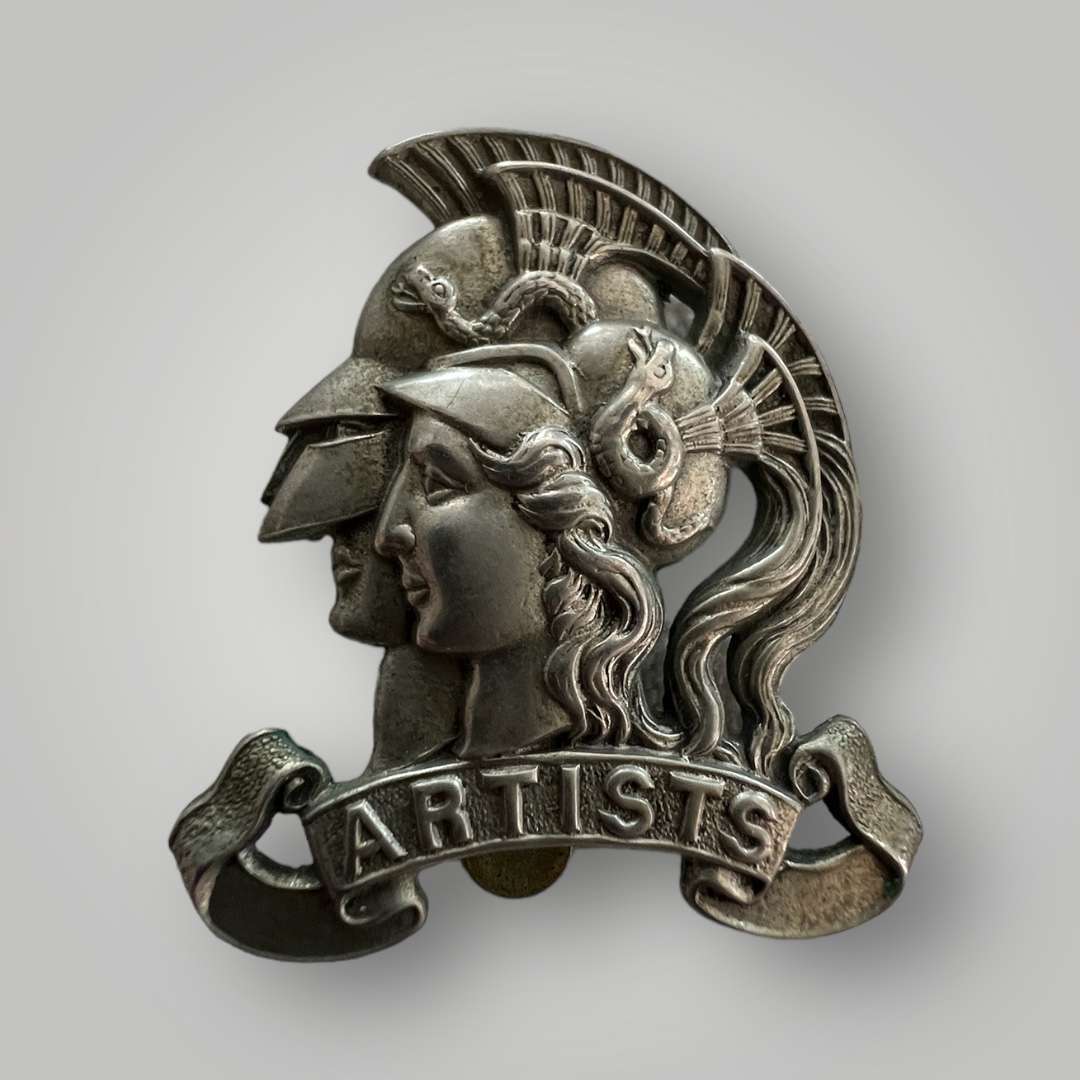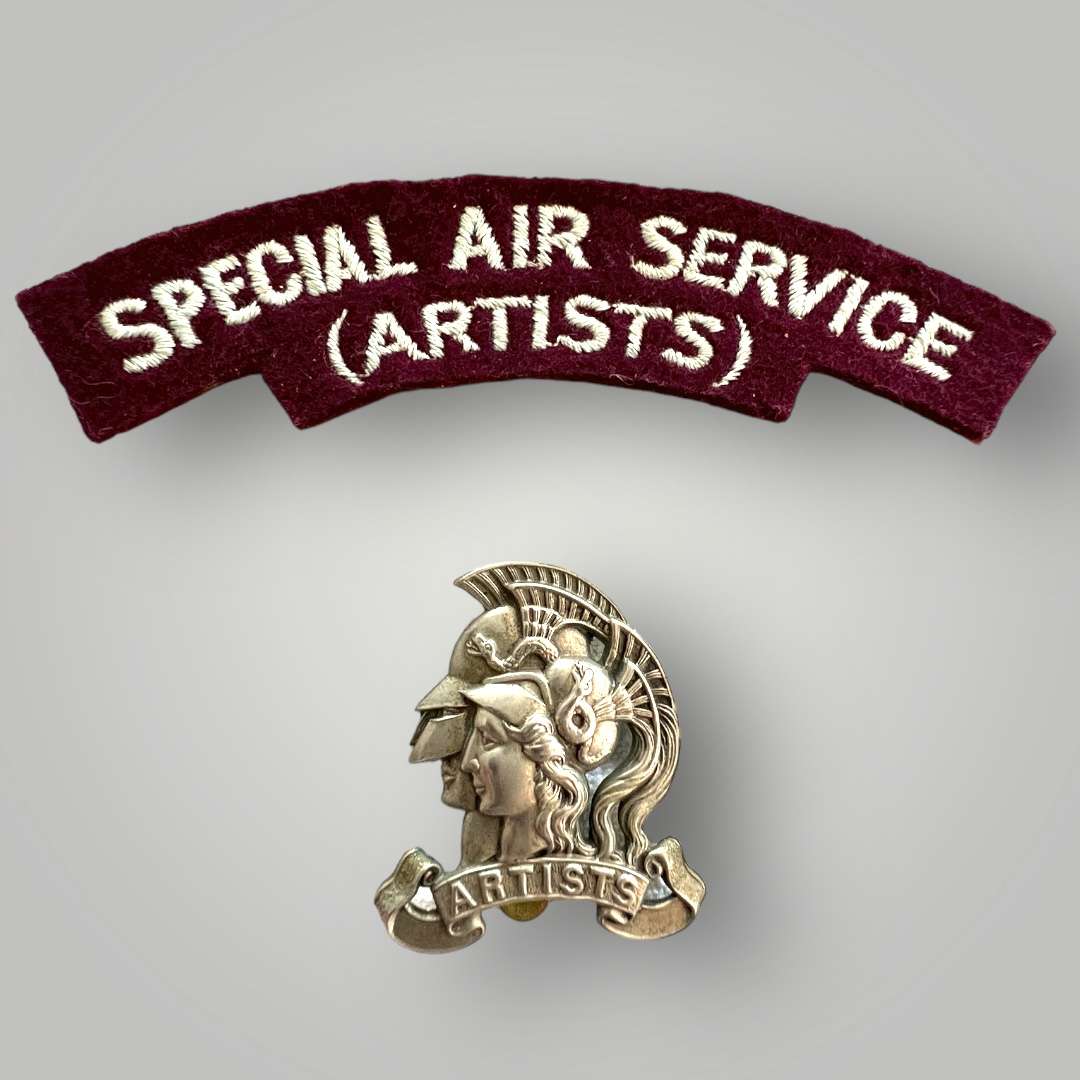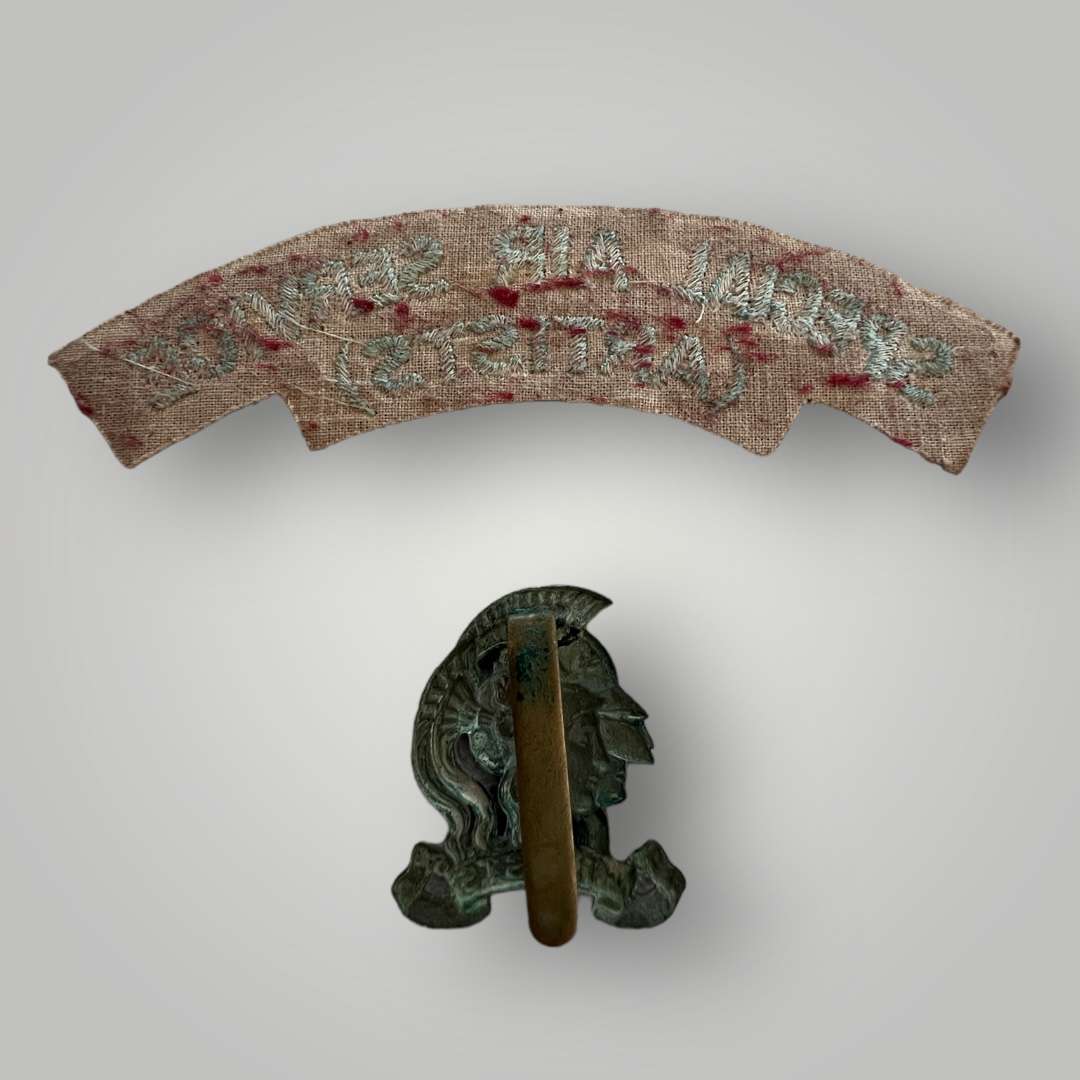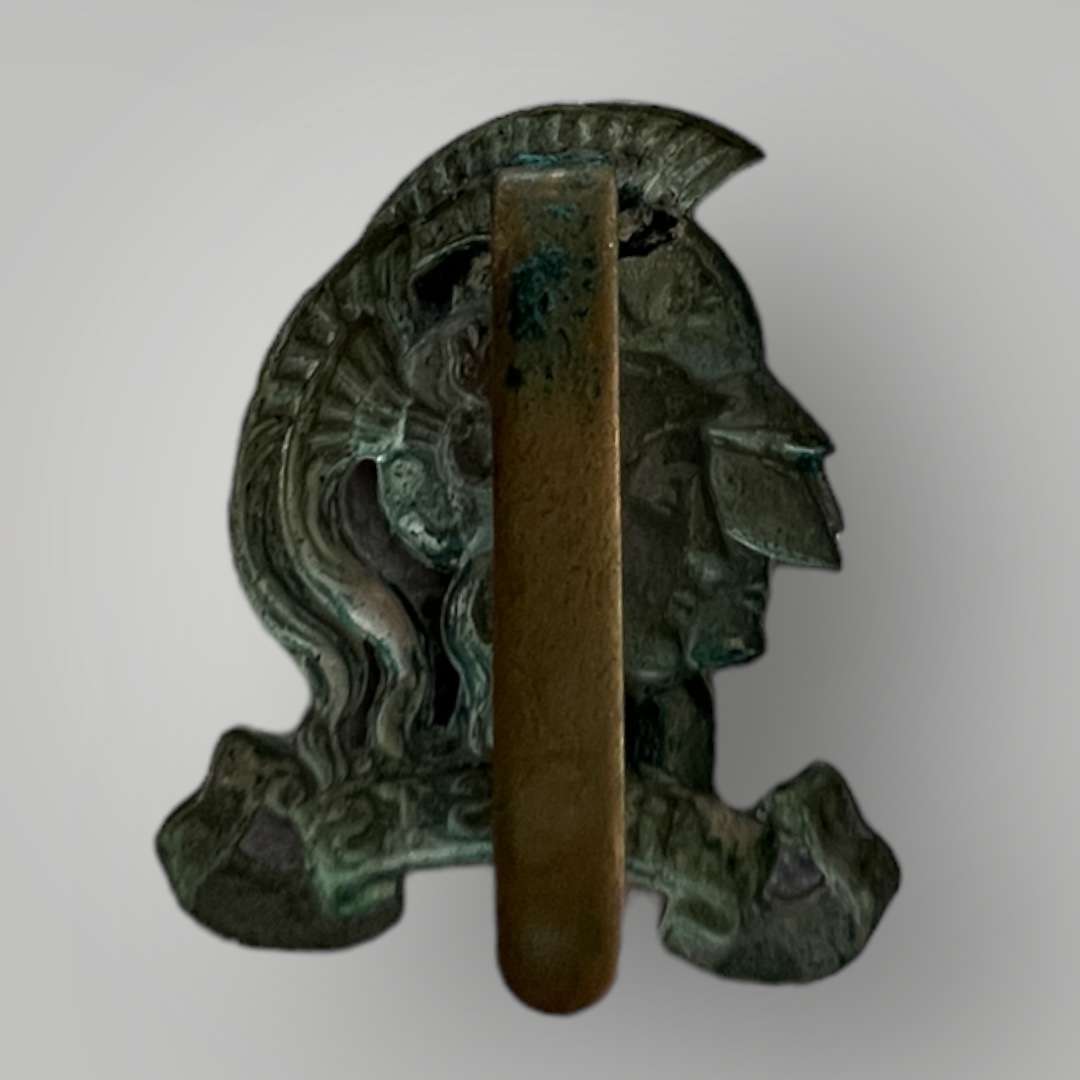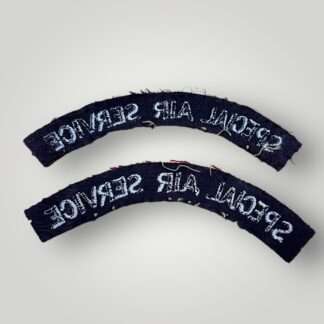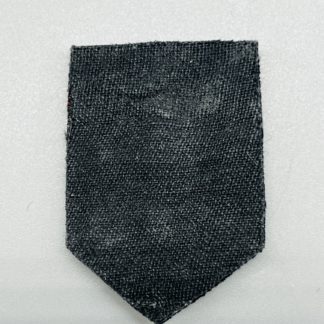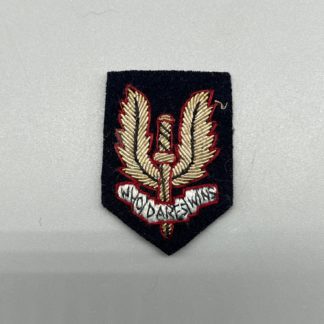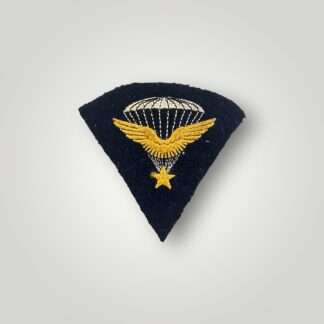Description
Artists Rifles Brief History
The Artists Rifles (originally Artists’ Rifles until the apostrophe was officially dropped from the full title in 1937 as it was so often misused) is a volunteer regiment of the British Army. The title is now carried by the 21st Special Air Service Regiment (Artists) (Reserve).
The regiment was formed in 1859, part of the widespread volunteer movement which developed in the face of potential French invasion after Felice Orsini’s attack on Napoleon III was linked to Britain. The group was organised in London by Edward Sterling, an art student, and comprised various professional painters, musicians, actors, architects and others involved in creative endeavours. It was established on 28 February 1860 as the 38th Middlesex (Artists) Rifle Volunteer Corps, with headquarters at Burlington House. Its first commanders were the painters Henry Wyndham Phillips and Frederic Leighton. The Artistes Rifles cap badge, was designed by William Wyon, shows the heads of the Roman gods Mars and Minerva in profile.
In September 1880, the corps became the 20th Middlesex (Artists) Rifle Volunteer Corps, with headquarters at Duke Street. It formed the 7th Volunteer Battalion of the Rifle Brigade from 1881 until 1891 and the 6th Volunteer Battalion from 1892 to 1908. During this period, the Artists Rifles fought in the Boer Wars. Following the formation of the Territorial Force, the Artists Rifles was one of twenty-eight volunteer battalions in the London and Middlesex areas that combined to form the new London Regiment. It became the 28th (County of London) Battalion of the London Regiment on 1 April 1908.
The Artists Rifles was a popular unit for volunteers. It had been increased to twelve companies in 1900 and was formed into three sub-battalions in 1914, and recruitment was eventually restricted by recommendation from existing members of the battalion. It particularly attracted recruits from public schools and universities; on this basis, following the outbreak of the First World War, a number of enlisted members of the Artists Rifles were selected to be officers in other units. This exercise was so successful that, early in 1915, selected Artists officers and NCOs were transferred to run a separate Officers Training Corps, the remainder being retained as a fighting unit. Over fifteen thousand men passed through the battalion during the war, more than ten thousand of them becoming officers. The battalion eventually saw battle in France in 1917 and 1918, and suffered higher casualties than those of any other battalion. Members of the Regiment won eight Victoria Crosses, fifty-two Distinguished Service Orders and nearly a thousand other awards for gallantry[citation needed].
In the early 1920s the unit was reconstituted as an infantry regiment within the Territorial Army, the 28th County of London Regiment. In 1937, this regiment became part of the Prince Consort’s Own Rifle Brigade. The regiment was not deployed during the Second World War, functioning again as an Officers Training Corps throughout the war. It was disbanded in 1945, but reformed in the Rifle Brigade in January 1947 and transferred to the Army Air Corps in July as the 21st Special Air Service Regiment (Artists Rifles). 21 SAS was formed from the two disbanded regular regiments 1 SAS and 2 SAS, with the 1 and the 2 being reversed into 21 to provide some means of continuity. 21 SAS was active during the Malayan Emergency and in many subsequent conflicts. In 1952, members of the Artists’ Rifles who had been involved in special operations in Malaya formed 22 SAS, the modern special forces regiment – the only time a Territorial Army unit has been used to form a unit in the Regular Army and remain a parent of a regular unit.
The Artists Rifles became a reserve regiment in the Territorial Army in 1967.



